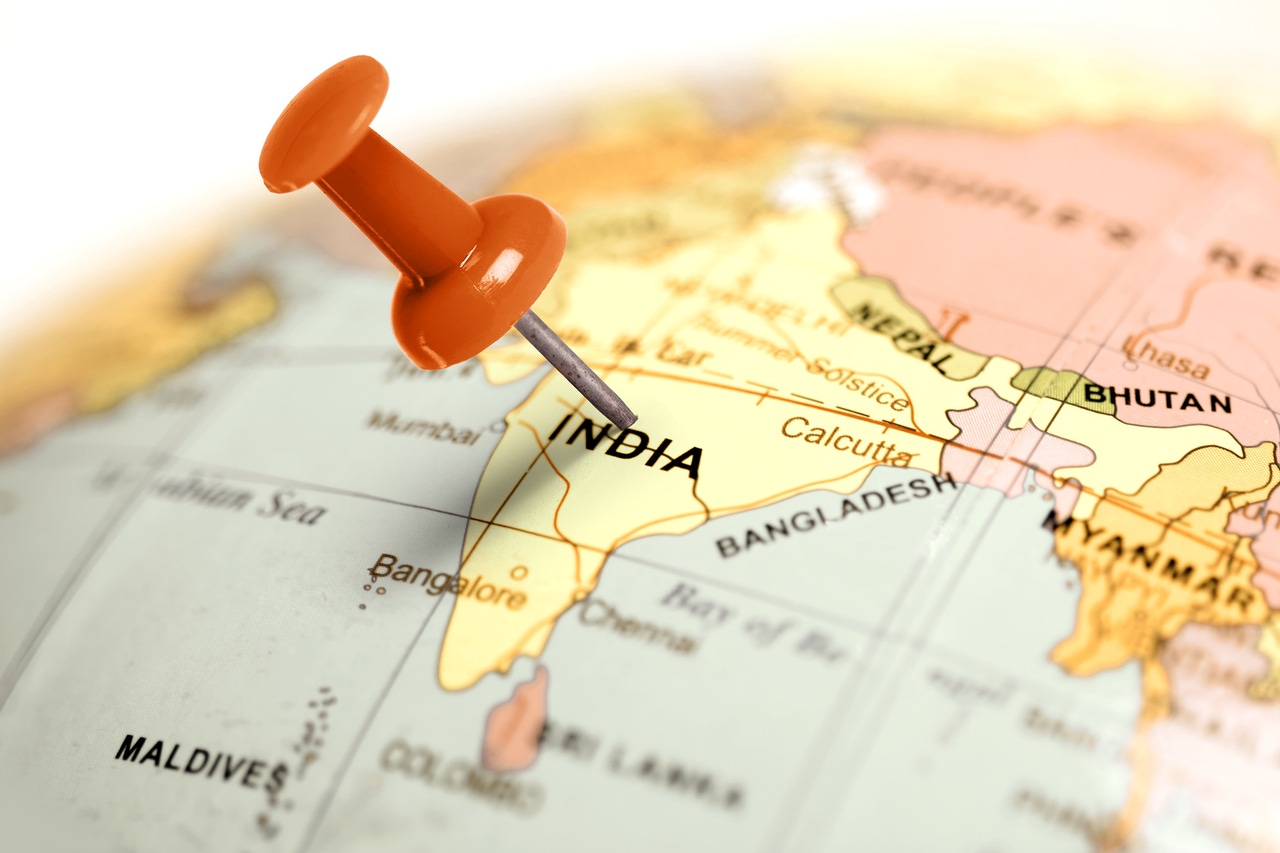Consumers won’t be happy, but an Indian price hike is necessaryConsumers won’t be happy, but an Indian price hike is necessary
Reliance Jio is the latest Indian telco to announce an increase in mobile prices, but considering the precarious position the market is in, it is probably much needed.
November 20, 2019

Reliance Jio is the latest Indian telco to announce an increase in mobile prices, but considering the precarious position the market is in, it is probably much needed.
Vodafone Idea and Bharti Airtel were the first to suggest a price hike was on the horizon, perhaps due to the $13 billion spectrum bill the government offered them, but Reliance Jio is not far behind. According to the Economic Times of India, the increased tariffs are necessary to fuel fresh network and technology investments.
This move might mean the constant flow of subscribers for Reliance Jio slows, and it may have a dampening impact on the aggressive expansion of the digital economy in the country. But these are short-term compromises which might have to be made for the long-term health of the industry.
Country | ARPU ($)* | Av. price per GB ($)** | Av. monthly income ($)*** | Percentage of income |
|---|---|---|---|---|
United Kingdom | 21 | 6.66 | 3,445 | 0.193% |
India | 1.6 | 0.26 | 168 | 0.155% |
USA | 32 | 12.37 | 5,238 | 0.236% |
South Africa | 6 | 7.19 | 479 | 1.501% |
South Korea | 27 | 15.12 | 2,550 | 0.592% |
France | 20 | 2.99 | 3,423 | 0.087% |
China | 7 | 9.89 | 789 | 1.253% |
Finland | 20.2 | 1.16 | 3,979 | 0.029% |
* Figures from Ovum World Cellular Information Service
** Figures from Cable.co.uk
*** Figures from Worlddata.info
While the Indian consumer might not be thrilled by the increase in monthly costs for connectivity, it perhaps should not come as a surprise. As a percentage of monthly income, India does have some of the lowest mobile connectivity costs, price per GB, worldwide and as has been seen from the quarterly financials, the telcos cannot tolerate these tariffs for too much longer.
Over the last twelve months, quarterly revenues at Vodafone Idea have been slowly declining. It is difficult to come year-on-year financials, the combined entity isn’t old enough, but in the last quarterly earnings call the quarter-on-quarter results saw revenue decrease by roughly 4%. At Bharti Airtel, the story is very similar. Since Reliance Jio’s entry full-year revenues are only heading one direction, down, though it does seem to be picking up slightly for the second-half of 2019.
In 2016, India needed a disruption and it got it with the introduction of Reliance Jio. This is a market which was falling woefully behind international trends when it came to connectivity accessibility, but perhaps the current situation is an overcorrection. The price per GB is very low, offering more accessibility to the digital economy, but this is clearly not sustainable.
Vodafone and Idea merged to make a single service provider, Telenor exited the market because of pricing pressures, Reliance Communications fought but ultimately lost, state-owned BSNL needs to be propped-up with government funds and Airtel is flagging. With insolvency rumours swirling around the merged Vodafone Idea business, it does appear Reliance Jio is the only healthy telco.
This does not paint the picture of a healthy telecommunications industry. Some suggest the market might be heading towards a monopoly, and it is difficult to argue when you look at the trends. Competition is a key word in almost every region, and it is dwindling in India.
Consumers might severely dislike the idea of increased mobile tariffs, but the current prices are certainly not sustainable; it looks to be a necessary evil. In comparison to other markets, there is perhaps room to increase prices in India.
In certain markets, the price per GB is far too high, it creates a digital divide, but India is the opposite end of the scale. The current pricing landscape might make the digital economy more accessible, but if it destroys competition in the long-run the final outcome will be a net-loss.
About the Author
You May Also Like










.png?width=300&auto=webp&quality=80&disable=upscale)


_1.jpg?width=300&auto=webp&quality=80&disable=upscale)